Blog
How to Choose the Best Battery Backup Power Supply for Your Home and Office Needs
In an era where power reliability is crucial for both homes and offices, understanding how to choose the best Battery Backup Power Supply has become increasingly important. According to a report by the U.S. Energy Information Administration, power outages have risen by over 50% in the last decade, significantly impacting productivity and safety. This statistic underscores the necessity for a robust backup power solution that can provide uninterrupted service during unforeseen electrical failures.

Moreover, as our dependency on electronic devices and internet connectivity continues to grow, so does the need for effective power management. A study conducted by IHS Markit reveals that over 80% of businesses experience disruptions due to power fluctuations or outages, leading to substantial revenue losses. Therefore, selecting the appropriate Battery Backup Power Supply not only safeguards your valuable electronic equipment but also ensures the continuity of operations. Whether for home use or professional environments, knowledge of the various types of battery backup systems can empower users to make informed decisions that best suit their power requirements.
Factors to Consider When Selecting a Battery Backup Power Supply
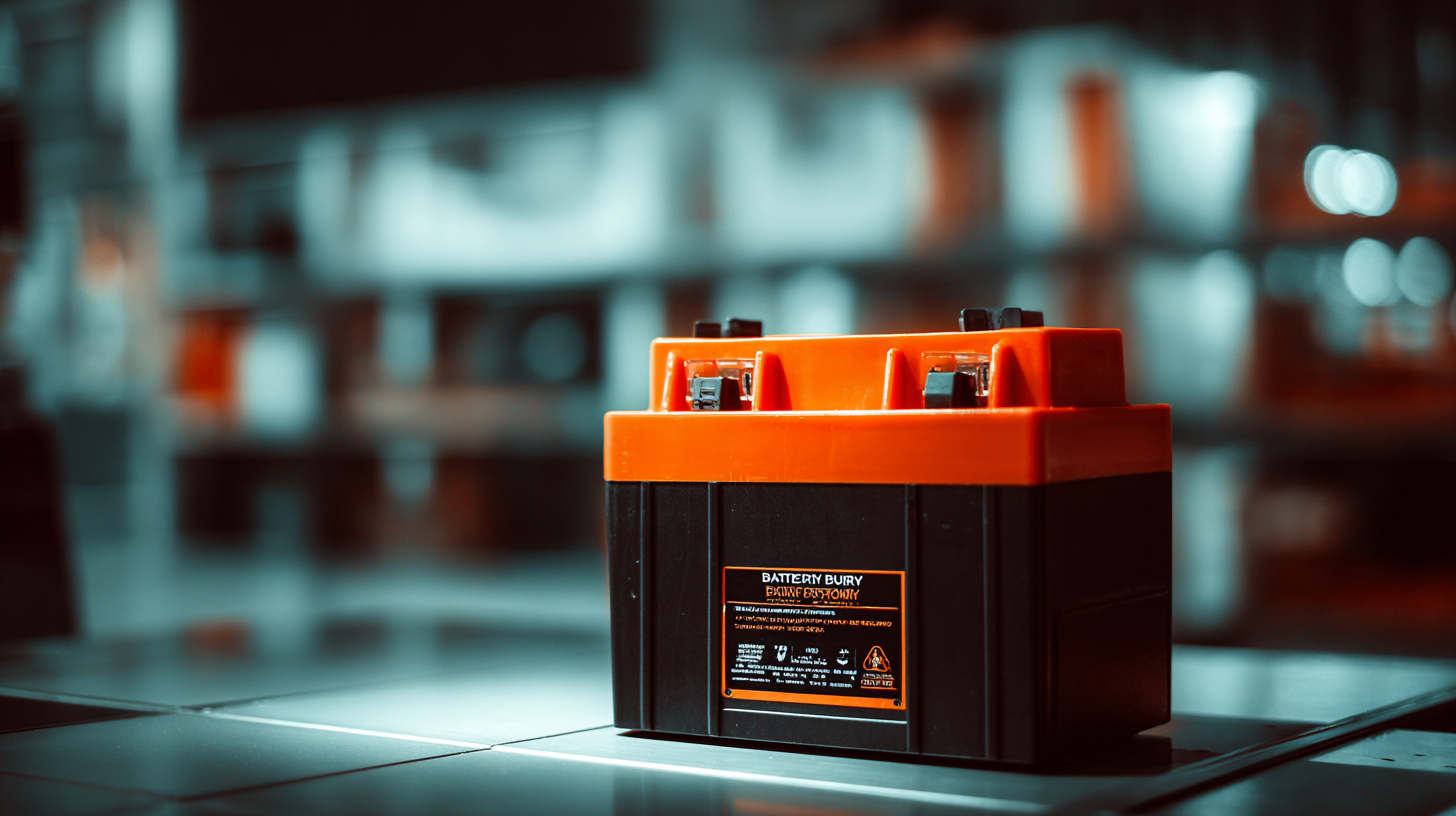 When selecting a battery backup power supply, several critical factors should be taken into consideration to ensure that it meets your home and office needs effectively. First, it's essential to evaluate the power capacity of the backup unit. According to a report by the International Electrotechnical Commission (IEC), a typical residential usage can demand anywhere from 600 to 1,200 watts, especially when powering essential devices such as refrigeration units, computers, and networking equipment. Choosing a supply with adequate wattage ensures that your equipment remains operational during outages.
When selecting a battery backup power supply, several critical factors should be taken into consideration to ensure that it meets your home and office needs effectively. First, it's essential to evaluate the power capacity of the backup unit. According to a report by the International Electrotechnical Commission (IEC), a typical residential usage can demand anywhere from 600 to 1,200 watts, especially when powering essential devices such as refrigeration units, computers, and networking equipment. Choosing a supply with adequate wattage ensures that your equipment remains operational during outages.
Another important factor is the runtime of the battery backup. The runtime indicates how long your devices can run on battery power during an outage. Research by the National Renewable Energy Laboratory (NREL) indicates that most users prefer a minimum of 30 minutes to several hours of backup time, especially for critical operations. Additionally, consider the type of batteries used in these systems; lithium-ion batteries, for instance, offer longer life cycles and better efficiency compared to traditional lead-acid batteries, making them a popular choice for modern setups. Compatibility with existing home or office systems should also be assessed to guarantee seamless integration and performance.
Types of Battery Technologies: Which is Best for Your Needs?
When considering a battery backup power supply, understanding the various battery technologies available can significantly influence your decision. Lead-acid batteries are one of the most common types used in backup systems due to their affordability and reliability. They come in two varieties—sealed and flooded—each offering different maintenance requirements and lifespan. However, they tend to be heavier and less efficient compared to newer technologies.
Lithium-ion batteries represent a more modern alternative, offering a longer lifespan and higher energy density. While they come with a higher upfront cost, their lightweight nature and lower maintenance needs make them increasingly popular for both residential and commercial applications. Additionally, lithium iron phosphate (LiFePO4) batteries provide enhanced safety and thermal stability, making them an appealing option for those concerned about battery performance under various conditions. By carefully evaluating these technologies, you can select the best battery backup power supply tailored to your specific needs while balancing cost, efficiency, and longevity.
How to Choose the Best Battery Backup Power Supply for Your Home and Office Needs
| Battery Type | Energy Density (Wh/kg) | Cycle Life (Number of Cycles) | Recharge Time (Hours) | Cost ($/kWh) |
|---|---|---|---|---|
| Lead Acid | 30-50 | 500-1000 | 8-12 | 150-200 |
| Nickel Cadmium (NiCd) | 40-60 | 2000-4000 | 1-3 | 300-500 |
| Lithium-ion (Li-ion) | 150-250 | 500-1500 | 2-5 | 250-400 |
| Lithium Iron Phosphate (LiFePO4) | 90-120 | 2000-5000 | 3-6 | 300-500 |
| Solid State | 200-400 | 5000-10000 | 1-2 | 500-800 |
Understanding Power Ratings: Watts vs. VA for Home and Office Use
When selecting a battery backup power supply, understanding power ratings is crucial, as they can significantly impact performance and suitability for your home or office. The two primary ratings you’ll encounter are watts and volt-amperes (VA). While both metrics measure electrical power, they represent different concepts. Watts (W) denote the actual power consumed by devices, while VA indicates the apparent power, which accounts for both real and reactive power. This distinction is particularly important for devices with motors or any electronic equipment that experiences a power factor less than one, as it affects how much power a battery backup can handle.
It’s essential to match the power rating to your needs. For example, if your equipment primarily consists of simple devices like lights or computers, focusing on watts can provide a clearer idea of how much power you’ll need. In contrast, for devices that include inductive loads, such as printers or refrigeration systems, VA ratings will give a better approximation of what the backup system can support. By carefully considering both watts and VA, you can choose a battery backup power supply that ensures consistent performance and reliability during power outages or fluctuations in your home or office environment.
Battery Backup Power Supply Ratings Comparison
Key Features to Look for in 2025’s Top Battery Backup Models
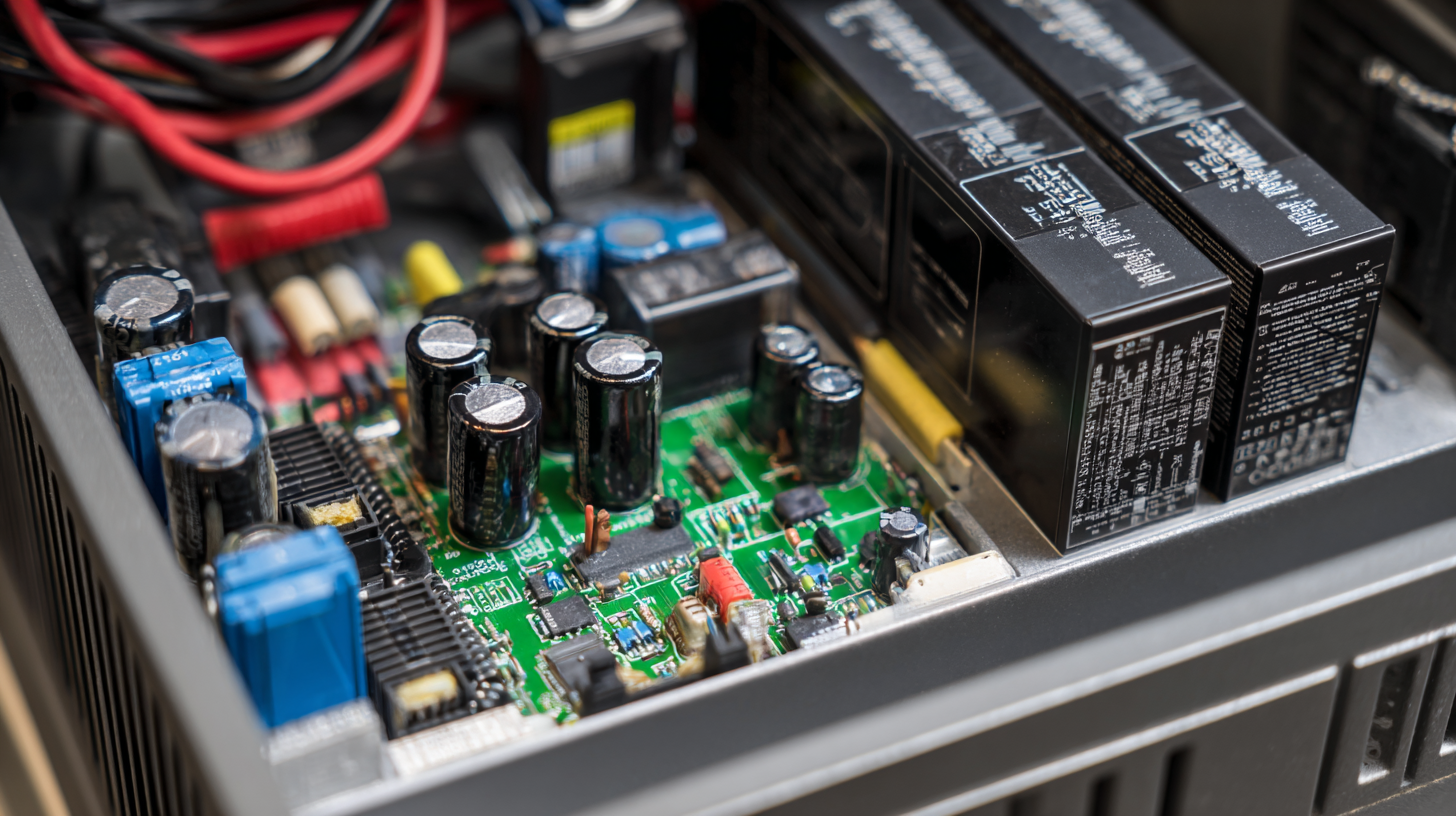 When selecting a battery backup power supply, it’s essential to consider key features that will ensure reliability and efficiency for your home or office. One of the most critical aspects to look for is the capacity of the battery, measured in watt-hours (Wh). A higher capacity means longer backup time during outages, making it crucial for equipment that requires continuous power. Additionally, check for models with Lithium-ion batteries, as they generally have a longer lifespan and better performance compared to traditional lead-acid batteries.
When selecting a battery backup power supply, it’s essential to consider key features that will ensure reliability and efficiency for your home or office. One of the most critical aspects to look for is the capacity of the battery, measured in watt-hours (Wh). A higher capacity means longer backup time during outages, making it crucial for equipment that requires continuous power. Additionally, check for models with Lithium-ion batteries, as they generally have a longer lifespan and better performance compared to traditional lead-acid batteries.
Another important feature is the number and type of outlets. A versatile battery backup should provide multiple AC and USB ports to accommodate various devices, from computers and monitors to smartphones and routers. Some models also come equipped with smart management systems that allow you to prioritize which devices receive power, giving you greater control during an outage.
Tips: Always assess your power needs before purchasing; calculate the total wattage of the devices you want to back up. Look for units with automatic voltage regulation to protect your electronics from power surges. Lastly, consider models with smart features that allow you to monitor power usage through a mobile app, providing further convenience and peace of mind.
Cost vs. Performance: Finding the Best Value in Battery Backup Options
When selecting a battery backup power supply, balancing cost and performance is crucial.
According to a report by the International Energy Agency, the average cost of battery storage systems has dropped by nearly 89% since 2010, making high-capacity options more accessible for both residential and commercial use. This decline allows consumers to invest in systems that not only meet their immediate power needs but also offer longevity and efficiency over time.
Performance-wise, it's essential to consider the wattage and runtime specifications. The Battery Council International states that a well-chosen backup system should provide at least several hours of power during an outage—typically around 3000 watts for home use. For offices, where equipment reliability is critical, investing in a high-performance UPS (Uninterruptible Power Supply) that features advanced battery management technology can ensure seamless operation. By focusing on these aspects, individuals and businesses can achieve the best value, optimizing both their budget and the reliability of their power sources.
Related Posts
-

2025 Trends in Power Backup Technology and How to Maximize Your Investment
-
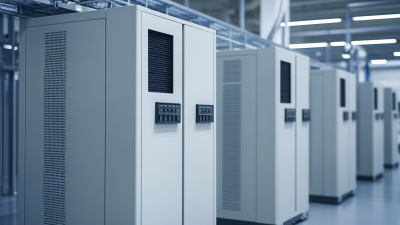
Evolving Trends in Back Up Power Supply Solutions for Global Markets
-

Advantages of Reliable Back Up Power Supply for Global Buyers
-

Navigating Tariff Challenges: How China's Best UPS Power Supply Drives Global Demand Amidst Trade Tensions
-
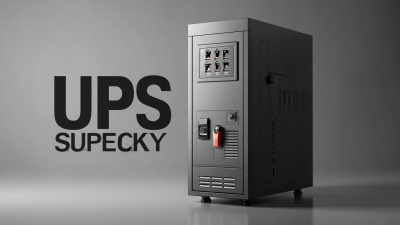
Unlock the Full Potential of Your Business with the Best Ups Power Supply Technical Specs
-
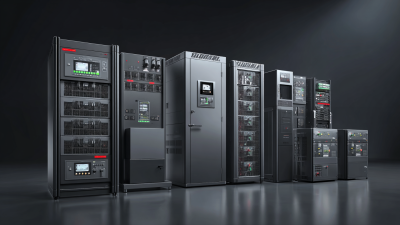
Unlocking the Advantages of the Best Backup Power Supply for Your Business Efficiency
